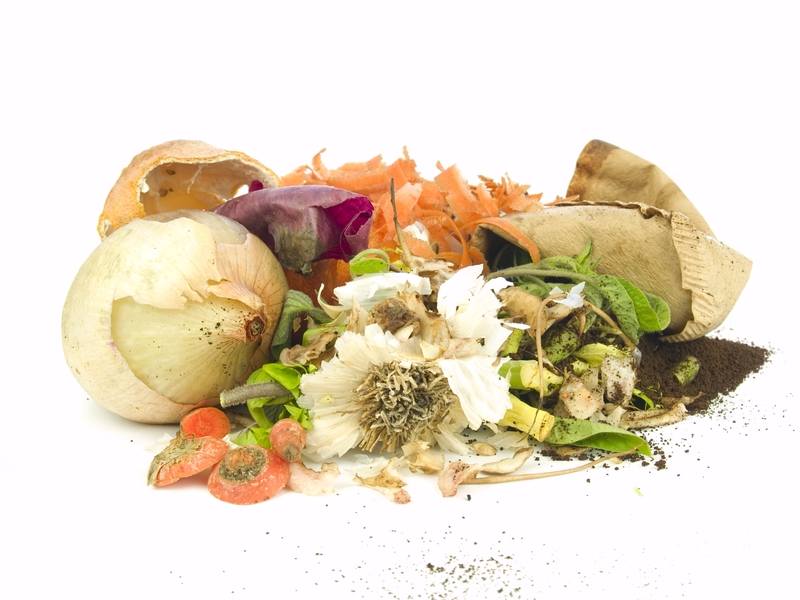
Composting is one of those things that just about everyone has heard of, but few truly understand. Most people know that it’s good for the environment and helps make use of waste. But they aren’t sure what kinds of things are used in composting or how to go about it.
The truth is, composting is a simple process. Almost anyone can do it. All it takes is a little k nowledge about how composting works and a few ground rules. Here are the basics:
• Composting requires three main components: food, water and air. The food part may include some food that humans consume, but is actually food for the bacteria necessary to facilitate the composting process. Enough water to keep the compost pile moist is necessary to keep the bacteria healthy and eliminate odor problems. And air is essential for the same reasons.
• Food for the bacteria needed in composting consists of brown food and green food. Brown food is sometimes brown, but comes in various colors. The defining characteristic is dryness. Brown foods may include dried leaves, wood chips, straw, dryer lint, shredded paper and cardboard. Green food, on the other hand, contains moisture and lots of nitrogen. Green items may include young weeds, plant clippings, fruit and vegetable scraps, used coffee grounds and tea leaves and animal or human hair.
• Start your compost pile with layers. Put a layer of browns on the bottom, then a layer of greens, another layer of browns, and so on. Sprinkle a small amount of water on each layer if needed. Top the last layer of greens with an inch-deep layer of soil or finished compost.
• Keep a good balance of browns and greens, between half and half and three parts brown to one part green. Turn the pile over every week or two. Move materials from the inside to the outside to introduce air and encourage decomposition of the entire pile. Check to see if the pile is generating heat, as this is a sign of proper decomposition. If it is not, add more green materials.
• Avoid composting meat, bread, pasta, nuts, cooked foods, bones, plastic, fats, diseased plants, kitty litter or animal or human feces. These items either do not compost well or are unhealthy for composting.
• Keep an eye on your pile. You’ll eventually find a layer of usable compost at the bottom. This may be removed and used in your garden. If it doesn’t appear to be completely broken down, you can spread it in the garden and wait a few weeks before planting.
Composting is simple, and it turns waste into something that’s great for the garden. By following these simple rules, you can make a good compost pile in your back yard or in a plastic bin.

